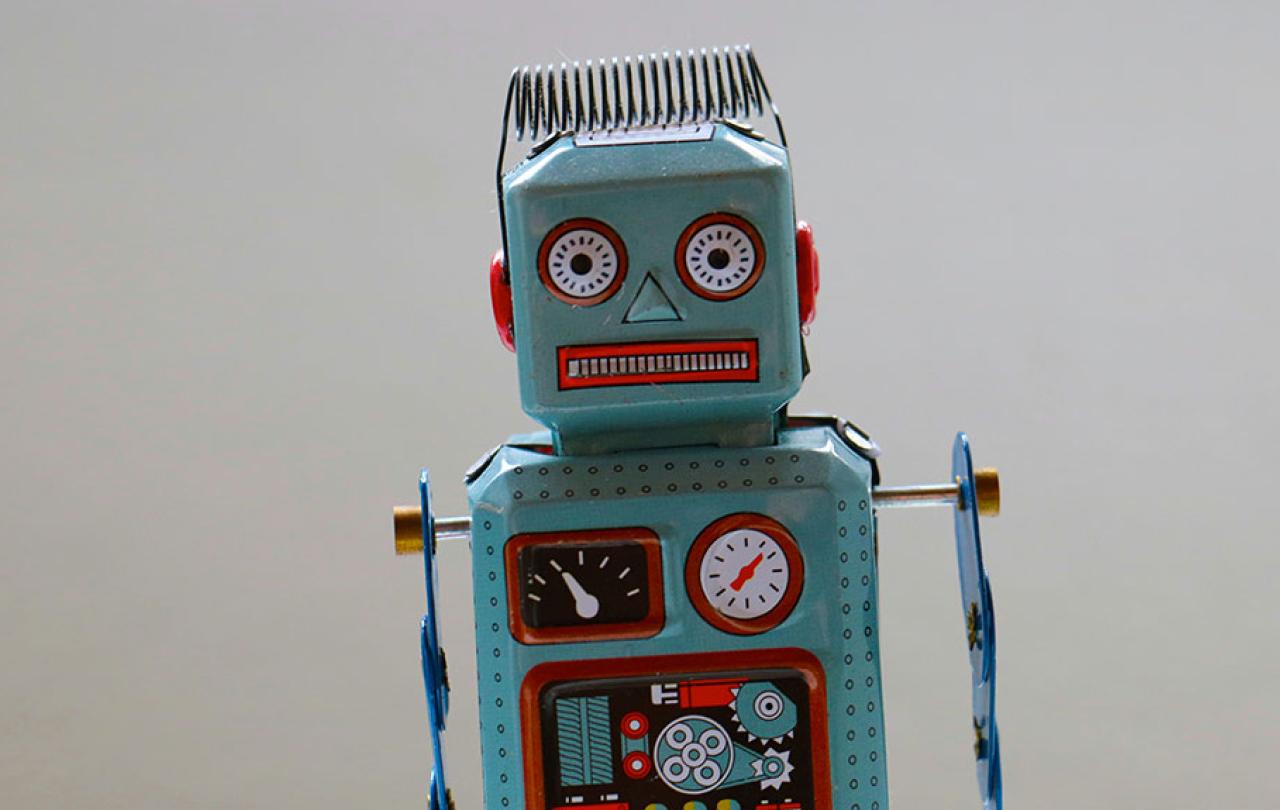
What is work for? In our individualist society we perhaps might zoom in on the minutiae of the specific role that we fulfil. Work is for the success of the company I work for, work is for building up my CV, work is to earn money enough to live, work is for seeing people I don’t have to live with. But what about work? The burden that humans have always had to gather enough resources to provide for themselves. We are mistaking the nature of work and our purpose within it, and it is beginning to kill us.
Each of the recent generations have had different, and askew, attitudes to their work. Baby boomers- those who got a job and a sensible haircut in the 60s, conceived work as a contract. They worked well at almost anything and the reward was home ownership, resources to provide for a family, and saving for leisure. The purpose of their work is the lifestyle it creates. To some extent, their successors in Gen X had the same perception and the same contract- stick at any industry and the reward will be generous enough to make the graft worth it.
But what happens when that contract is broken? When work no longer leads to those rewards? The Millennial answer is to seek out work that gives purpose, to accept the reward will not be fulfilling and so to find the purpose in the end of the work itself. Even if that means a lifetime of renting and scrimping, because the reward is not to be found in the payment.
A slow generational drift from the true purpose and boundaries of work has left us confused about its point and struggling to engage.
The Gen Z answer to this broken contract is the most fascinating of all; a reluctance to work at all. There is ‘quiet quitting’ whereby you do as little as possible whilst remaining employed, ‘bare minimum Mondays,’ and, of course, ‘lazy girl jobs.’ The purported aim of this generation is to find jobs where they can work from home, do almost nothing, and still receive a generous salary. Others are living the ‘soft life.’ They move in with mum and dad (usually boomers who have run the rat race and received the benefits of the contract) and do something creative part-time, earning little but doing little. It's a bit of the old baby boomer attitude seeking pleasure outside work but without the corresponding work ethic or career mindset.
On top of this is the mental health crisis, which prevents many of Gen Z from working, with one in three non-graduates out of work with mental health conditions. Bosses receive calls from parents of those in their 20s explaining that their children are too unwell to work.
I suggest that these things are linked, and a slow generational drift from the true purpose and boundaries of work has left us confused about its point and struggling to engage. We must look outside ourselves to understand what work was created for. In Genesis, the Christian origin story, God conceives work as a place of dignity and purpose. What Adam and Eve did in the garden mattered- they were the leaders of creation, and God even gave them the responsibility of naming other creatures. Humans were made to have responsibility, made to express this in their work. Even in the drudgery of repeated physical, administrative, or household tasks, we have the freedom to find purpose. We can take pleasure and pride in making things, fixing things, restoring things, even if just to the state they were in when we cleaned last week.
Find the purpose in the making, fixing, restoring, the very task itself.
The ‘quiet quitting’ of Gen Z or the dry contract of the boomers will not cut it. Even in jobs we don’t like, or tasks we find overwhelming, the same reframing is needed, perhaps even more so. Work itself brings purpose, and that is worth giving our whole selves to, otherwise listlessness and sadness will get us. We were made to find purpose and joy in the task of whatever is in front of us, no matter how simple.
Millennials have swung the pendulum too far in the other direction. Yes, this generation have found the importance of purpose in their work. But only in work that has an end outside of itself. Work has been created with an internal, permanent purpose. Suggesting that meaning only comes from employment with obvious altruistic ends means that any other kind of work, domestic or employed, is devoid of this meaning. The same listlessness ensues in any role not found to have such an end.
St Paul elevates work explicitly even beyond this created place of purpose. In his letter to a church in Colossae, he writes, ‘Whatever you do, work at it with all your heart, as working for the Lord, not for human masters.’ In other words, work is an act of worship, acting as if the task we are completing is for God, and putting the requisite effort in.
Of course, this is a massive challenge. How many of us put as much work in to satisfy our bosses as we would if they were the ultimate director of our eternal destiny? But it does redeem those moments where we wonder what the point of what we’re doing is, who will see it, and if it is really worth doing properly at all. God sees. God knows. And that makes it worth doing properly.
Paul also makes it clear here that work is not just what we get paid for. Work is everything we do that is not rest. Whatever we do - employed, at home, inrelation to our families. And this allows those who cannot work, in an employment sense, to take part in God’s purpose for humanity by working in a way in which they can. Whether it’s caring for a relative, nurturing a tiny veg patch, creating a piece of art, or hoovering the carpet. Find the purpose in the making, fixing, restoring, the very task itself. Do it as if God were watching. And feel yourself become more human.





